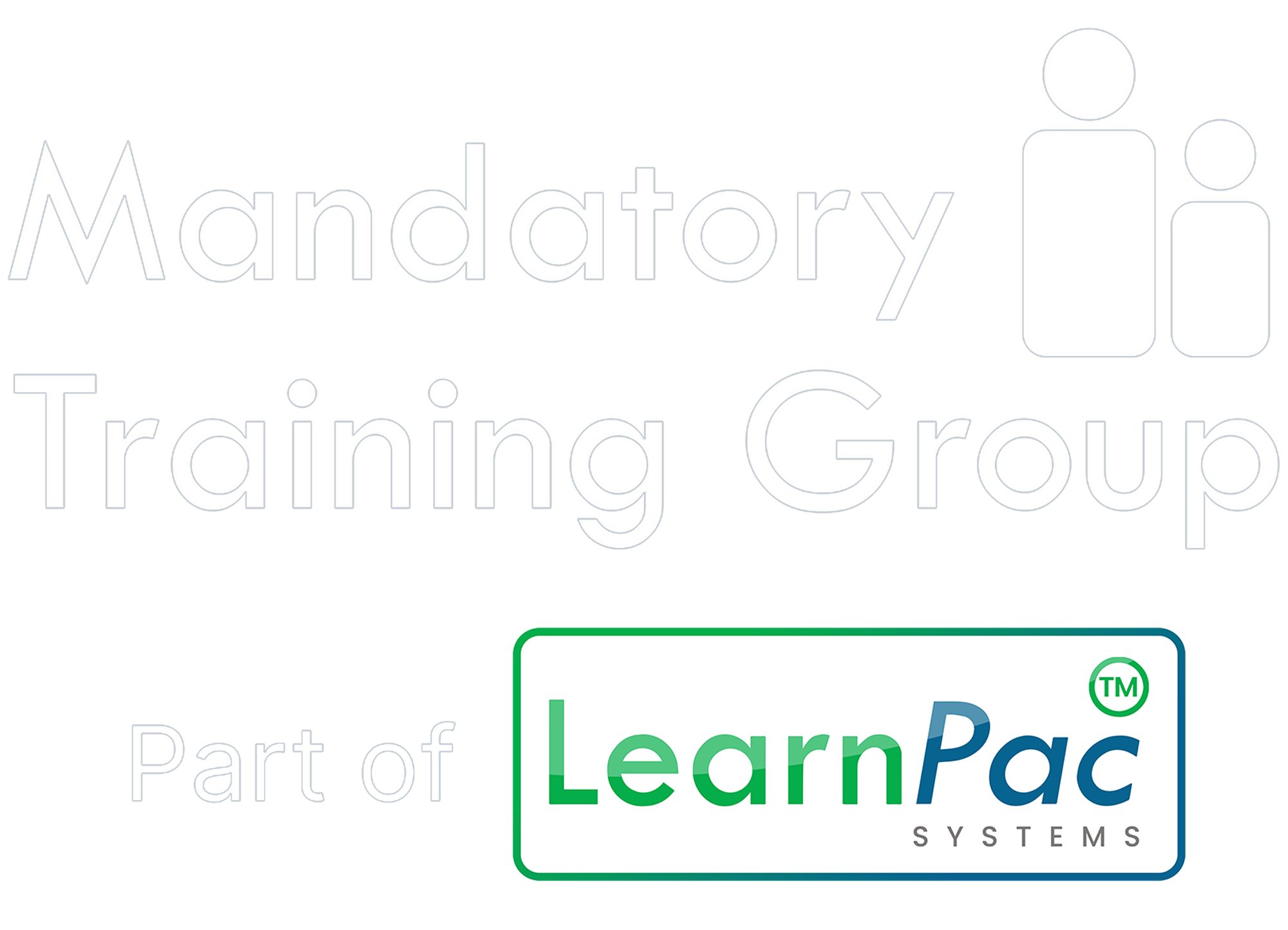You have no items in your shopping basket.
Key facts and statistics
Conflict in the workplace leads to significant productivity losses, with studies indicating that unresolved conflicts can cost organisations up to 359 billion pounds per year globally (Thomas Kilmann Conflict Mode Instrument). Moreover, incidents requiring breakaway techniques are increasingly common across sectors, highlighting the need for trained personnel.
Key definitions
- Conflict resolution - The process of resolving disputes or disagreements between individuals or groups to achieve mutual understanding and agreement.
- Breakaway techniques - Methods and strategies employed to safely disengage from physical altercations or potentially harmful situations, ensuring minimal risk to all parties involved.
Relevant legislation, regulations, and best practice
Effective conflict resolution and breakaway techniques are underpinned by various legislative and regulatory frameworks, including Health and Safety Executive guidelines and industry-specific regulations. Adherence to these standards not only mitigates risks but also enhances workplace safety and employee wellbeing.
Understanding conflict resolution - strategies and approaches
- Communication skills - Active listening and assertive communication to de-escalate conflicts.
- Mediation and negotiation - Techniques for facilitating constructive dialogue and reaching consensus.
- Conflict management styles - Exploring different approaches such as collaborating, compromising, accommodating, avoiding, and competing.
Breakaway techniques - Ensuring physical safety
- Risk assessment - Identifying potential risks and developing protocols for safe intervention.
- Physical techniques - Demonstrating practical methods for disengagement, emphasising minimal force and maximum safety.
- Legal considerations - Understanding the legal implications of physical intervention and ensuring compliance with relevant laws.
Recommendations
- Training programs - Invest in comprehensive training courses tailored to your industry's specific needs.
- Continuous improvement - Regularly update skills and knowledge through refresher courses and scenario-based training.
- Organisational support - Foster a culture that values conflict resolution skills and prioritises employee safety through ongoing support and resources.
Conclusion
In conclusion, mastering conflict resolution and breakaway techniques is not just a legal requirement but a cornerstone of creating a safe and harmonious workplace. By investing in training and adopting best practices, organisations can mitigate risks, enhance employee morale, and ensure regulatory compliance.
Ready to equip your team with essential conflict resolution and breakaway techniques? Click here to explore our comprehensive training courses at The Mandatory Training Group and empower your workforce today.
About the author
Dr Richard Dune
With over 20 years of experience, Richard blends a rich background in NHS, the private sector, academia, and research settings. His forte lies in clinical R&D, advancing healthcare tech, workforce development and governance. His leadership ensures regulatory compliance and innovation align seamlessly.




